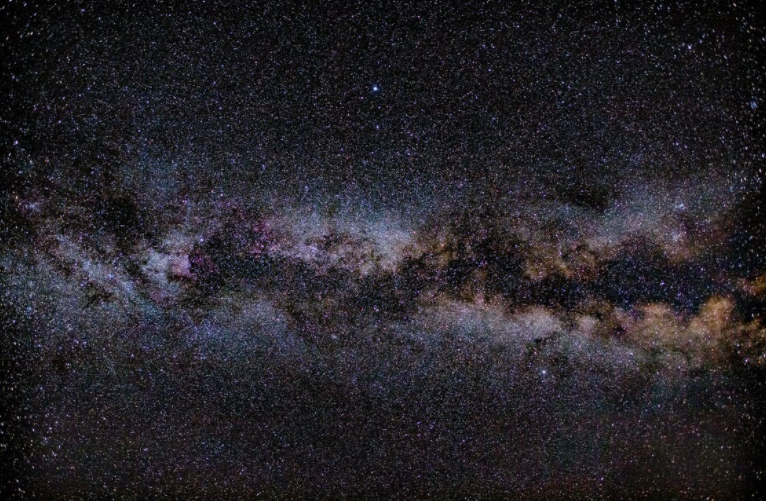
China is reportedly developing a mission to send a pair of spacecraft out to study the far reaches of the solar system. The ultimate goal is to reach interstellar space by mid-century.
This particular project aims to send different spacecraft to both the nose and the tail of the heliosphere, which is a region of space that is dominated by solar wind that is created by the Sun.
China Interstellar Mission
This move by China was made to study distinct areas of this particular bubble and also how it interacts with the whole interstellar medium.
A senior figure in the lunar exploration project in China, Wu Weiren, recently told the official industry newspaper China Space News Friday that the scientists are now working on an implementation plan for the said mission.
Wu also says that this project aims to reach a whopping 100 astronomical units (one astronomical unit or AU is equivalent to the distance between the Earth and the Sun or over 93 million miles) from Earth by the year 2049.
This is when the People's Republic of China would celebrate the centenary of its official founding.
China Heliosphere Probes
Wu provided no launch date, but an overview of the proposed mission was presented to the official European Planetary Science Congress back in 2019, indicating the supposed Chinese heliosphere probes that are set to launch in 2024.
The first would make its official flyby of Jupiter in 2029 even before heading to the nose of the wide heliosphere.
The second probe would supposedly make a flyby of Jupiter later on in 2033 before attempting the next flyby of the ice giant Neptune in 2038. The spacecraft could reportedly also release a much smaller impactor probe shortly before its arrival with the supposed main probe working by observing the interaction with the Neptunian atmosphere.
Read Also: NASA Mars Rover 2021: Where to Watch Plus 5 & Strange Things That it Will Bring to Mars!
NASa Voyager Missions
According to the story by SpaceNews, the project also somewhat echoes NASA's official Voyager missions, but the probes' reported intermediate targets are still constrained by the current relative position of the planets. NASA's Voyagers reportedly used rare planetary alignment in order to visit all of the four outer planets.
Both Voyager 1 and Voyager 2 are now about 14.1 billion miles and 11.7 billion miles or 152 and 126 AU away from the Earth, respectively.
The Chinese probes are making their scientific focus more on the heliosphere and the interstellar medium. This includes studying the phenomena known as the Anomalous Cosmic Rays, as well as the "hydrogen wall" located at the boundary of Earth's solar system and interstellar space.
The official Chinese heliosphere probes will reportedly take advantage of certain advances in propulsion and even ground station and deep space communications that were made in recent years by China's official space industry. Such progress has also recently facilitated China's missions to Mars, a whole lunar sample return, and also a planned mission towards Jupiter.
Related Article: Martian New Year 2021: Why Should Earthlings Celebrate It, NASA's Curiosity Rover's Martian Anniversary and More!
This article is owned by Tech Times
Written by Urian Buenconsejo

![Apple Watch Series 10 [GPS 42mm]](https://d.techtimes.com/en/full/453899/apple-watch-series-10-gps-42mm.jpg?w=184&h=103&f=9fb3c2ea2db928c663d1d2eadbcb3e52)


